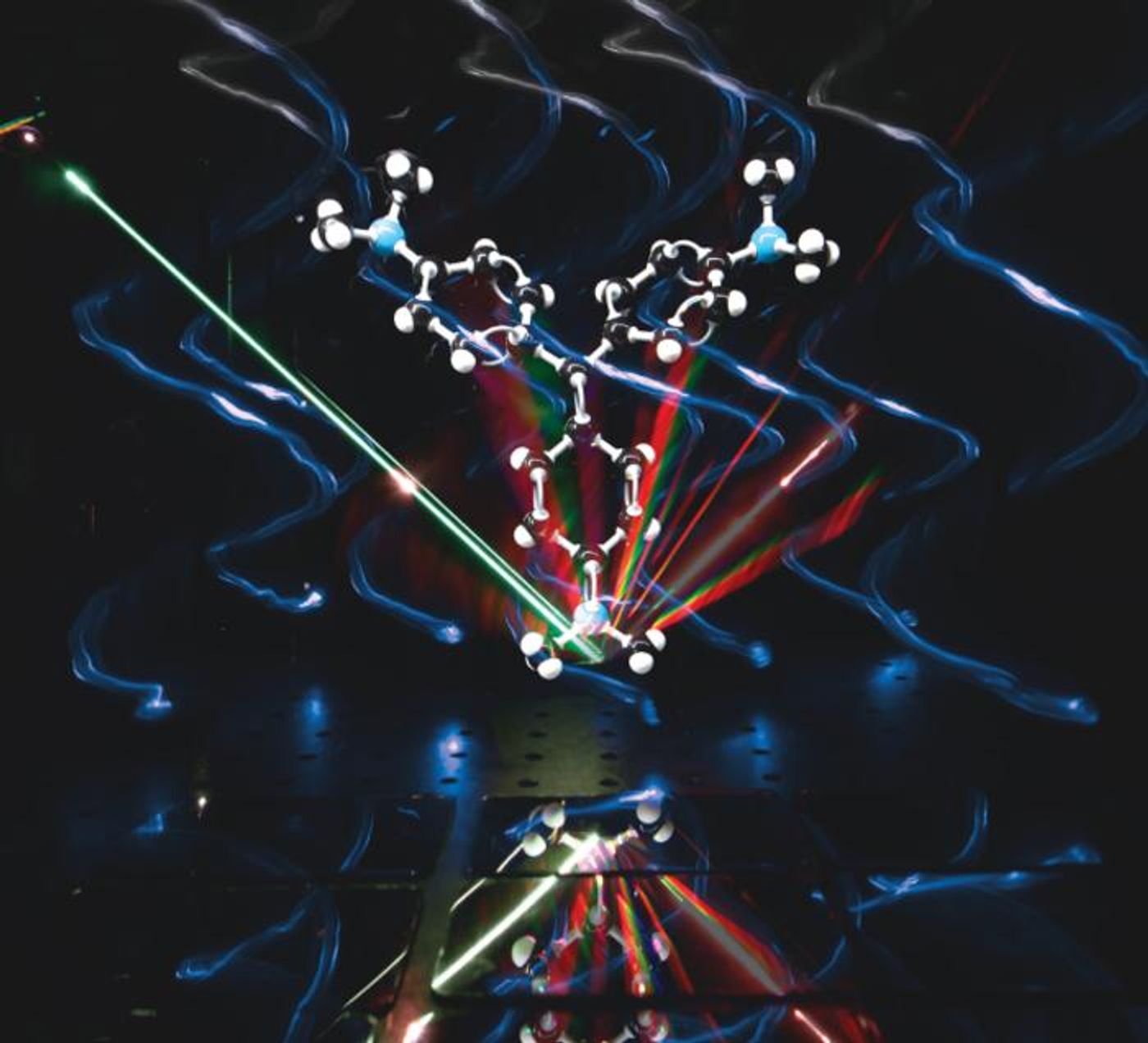Emergence of Nanotechnology for Chemical Detection
A recent study published in Advanced Materials examines how recent breakthroughs in nanotechnology could allow for the detection of harmful contaminants, including air pollutants and nano-plastics both in natural substances and living organisms. This emerging technology uses what’s known as the Raman effect to measure different colors within the Raman rainbow that helps identify, inspect, and observe the chemical composition within complex molecules, in this case, environmental pollutant molecules.
This study was conducted by an international team of researchers and holds the potential to develop new methods in both monitoring the environment and making advancements in medicines.
“The Raman effect serves to detect pesticides, pharmaceuticals, antibiotics, heavy metals, pathogens and bacteria. It’s also used for analyzing individual atmospheric aerosols that impact human health and the climate,” said Dr. Robin Jones, who is from the Department of Physics at Bath University and is lead author of the study.
Each color of the Raman rainbow unveils different atomic bonds since those molecular bonds within a specific material exhibit their own color. However, is known that only 1 out of 1,000,000 photons exhibit a change in color, making the Raman effect very weak. To overcome this, the research team designed nanoscale antennas to direct light into the molecules. The size of the antenna is the smallest ever made, with a width 2,800 times smaller than a human hair’s thickness and a length 700 times smaller, as well.
“Our measurements show these helical antennas help to get a lot of Raman rainbow photons out of molecules,” Dr. Jones explains. “But more importantly, the helical shape enhances the difference between two types of light that are often used to probe the geometry of molecules. These are known as circularly polarized light.”
Dr. Jones notes this circularly polarized light can “handshake with light”, which the researchers used molecules of crystal violet to accomplish this, of which cannot handshake on their own. The researchers discovered crystal violet was able to handshake with the help of the gold nanohelices, which is a first for handshaking by molecules.
An artist's photography impression of crystal violet scattering light into a rainbow, unveiling the interaction power between light and the helical nanostructures used in this study. (Credit: Ventsislav Valev, Kylian Valev, Eva Valev, Robin Jones)
Going forward, the team is taking steps towards advancing this new nanotechnology, which they note could have applications in both surface-enhanced Raman spectroscopies and material science.
What new discoveries will researchers make about the Raman effect using nanotechnology in the coming years and decades? Only time will tell, and this is why we science!
As always, keep doing science & keep looking up!
Sources: Advanced Materials, National Geographic, Britannica, ScienceBlogs, EurekAlert!, Britannica (1), Horiba Scientific, Britannica (2)









